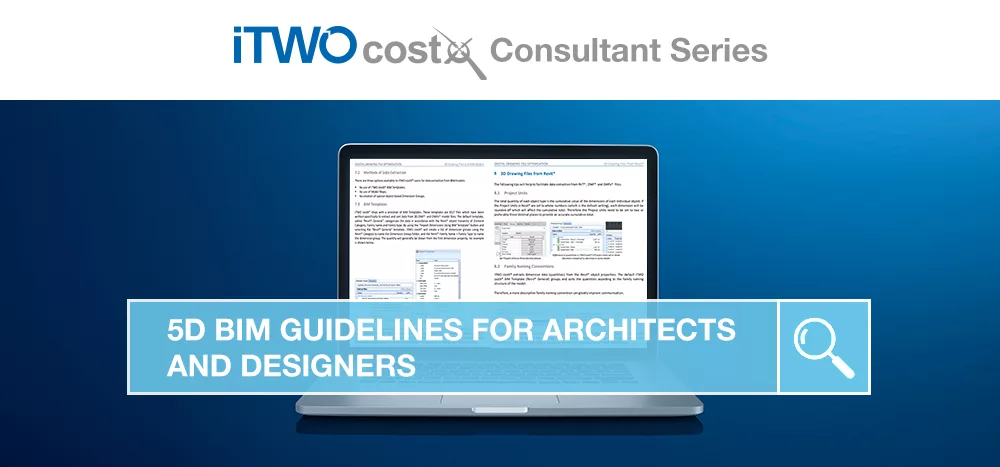24 mins read
How To Manage Variations And Ensure Your Project Maintains Its Profit Margins

Variations play a major role in the construction industry and in many instances not having proper control of these variations lead to cost and budget over-runs. Variations not correctly managed and captured could spell certain gloom for any contractor, large or small in size and these, inevitably will impact the contract and could possibly have dire consequences in regards to the relations between the contractor and consultants. Which in turn could lead to disputes, and in an industry that is already adversarial in nature, it’s a scenario that we are unfortunately accustomed to.
So how do leading contractors globally, deal with scope changes and variations? How do we keep the client and consultant updated with changes and how do contractors prove the cost that has been incurred by completing these variations? What about extensions of time claims and proving Indirect costs? Many questions and scenarios that could possibly be disputed and invariably are.
Being aware of any variations, in real time, allows the project team to take immediate action before the variations seriously impact both profit and delivery.
The majority of construction companies have adopted software to manage most aspects of their business from Estimating, Planning, Link and Forecasting, Financial Accounting, Cost Value Reconciliation and Earned Value Management. Unfortunately, the majority of these have not, as of yet, identified the power and importance of having all of these functions integrated which, in turn leads to variations and over-runs taking weeks or months to correctly identify and resolve. In many instances many of the items mentioned above don’t correlate with each other in any way, leading to inconsistencies during monthly reporting.
The ability to immediately identify variances with the required accuracy and detail to take action hinges on 10 critical components:
- Pricing new items that have not previously been priced or identified, and have the ability to differentiate which is original scope and which are variations.
- Changing the status of the Variation, has it been approved, unapproved or waiting approval. All these statuses could and would be viewed by management to make the correct commercial call. Automated reports to validate the differences between original scope and change.
- Allocate Variation Codes to identify new bill items which are possible scope changes or contract instructions.
- Identify new resources on the procurement list and update the buying list accordingly.
- Projected cost integration with the planning schedule to effectively reconcile consumption of resources in real time.
- The organisation of the projected cost model must include cost and activity codes to facilitate the required comparison.
- Linking Indirects or Preliminary items that are directly related to the variations is very important when dealing with “Extensions of time” claims.
- The projected cost model must have the facility to action cost and time re-calculation based on actual rate and quantity performance, identify what is actually happening on site and forecast revised final costs.
- The information and data source relating to actual cost must be web-based to enable input of real-time costs from wherever that cost information is captured.
- Cost value Reconciliation is possible due to matching coding structures between all software packages.
These 10 components can be found in modern, state of the art construction software applications that are leading the way in increasing profitability and reducing cost and budgetary risks in the construction industry. These systems do come at a cost but this pales when compared to the true cost of over-runs, profit loss, disputes and the possible damage to relations.
Accurate identification of cost variance in real time allows cost control to occur weeks before the normal reconciliation process. These are weeks to achieve vital cost savings to deliver more profit to the bottom line and reduce the risk of losses sometimes only evident at the end of a project.
When a construction team can control cost on each activity in a project as it happens, profit takes care of itself, and as a nice bonus, a financial director has the information he needs to accurately project profit on multiple year projects in compliance with international accounting standards.
CCS’s complete cost and enterprise management solution comprising of CCS BuildSmart, our Construction and Engineering Cost Management and Enterprise Accounts solution and CCS Candy, our Estimating and Project Control solution, work seamlessly together providing arguably the most powerful and innovative solution to meet your business needs and solve the timing challenge that is at the heart of world class construction cost control.
CCS BuildSmart is web based to provide actual plus accrued cost by contract in real-time from site, plant yard, head office – wherever cost is incurred. Organizing the income statement by contract, plant and overheads allows data capture and reporting appropriate to each area. Actual and accrued costs are managed in a single SQL database and reported by activity and cost code for immediate and detailed comparison with projected cost at a precise point in time.
CCS Candy provides that projected cost, at each point in time, by using a tight integration between estimating and planning that is unique in the industry. Candy goes “beyond estimating” to produce a living cost/time model with which to manage cost, and recalculate cost to completion, throughout the life of a project. Using the same activity and cost code structure, an immediate and detailed comparison can be made with a drill-down capability to identify the source of any variance.
Most Recent
24 mins read
14 mins read
15 mins read
25 mins read

E-BOOK











